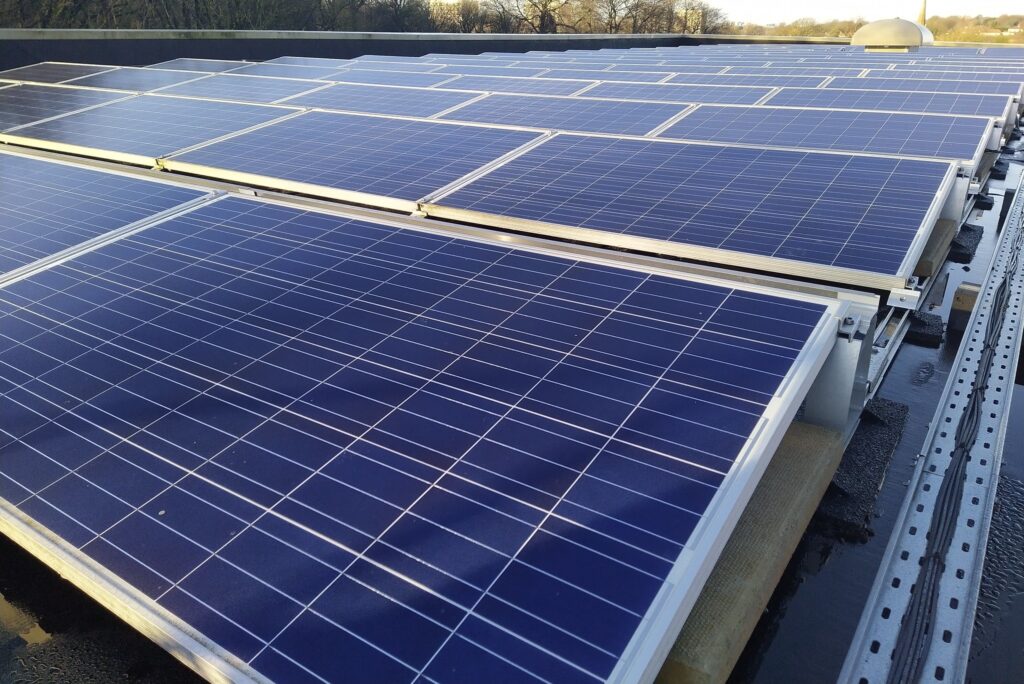
The use of solar power has grown tremendously in recent years as it has declined in price and become far more competitive with other forms of electricity generation. Its fundamental drawback, of course, is that it only works when the sun is shining. Solar panels don’t produce any power at night. That is, until now, apparently.
A team of engineers at Stanford University have developed a new kind of solar cell that is capable of generating at least some electricity at night. Published in the journal Applied Physics Letters, the research describes a device that can be a continuous renewable power source for both day and nighttime.
The device incorporates a thermoelectric generator that produces electricity from the small difference in temperature between the ambient air and the solar cell itself. The amount of power produced is far less than the solar cell generates from sunlight, but the device can provide nighttime standby lighting and power in off-grid and mini-grid applications.
Mini-grid applications are independent electricity networks that are used for small populations that may be too isolated to be connected to the main power grid. Nearly 600 million people in Africa currently live without access to electricity, primarily in rural areas. A standalone solar system operating independently of any power grid can meet many electricity needs such as phone charging and lighting, but such systems may not be able to handle large electrical need such as powering machinery and agricultural equipment. Mini-grids are larger installations that can provide power to a small rural community.
With innovations like the new Stanford device, a solar mini-grid may be able to keep running at some level even at night.
**********
Web Links
Solar panels that can generate electricity at night have been developed at Stanford
Photo, posted December 15, 2021, courtesy of Pete via Flickr.
Earth Wise is a production of WAMC Northeast Public Radio
Leave a Reply